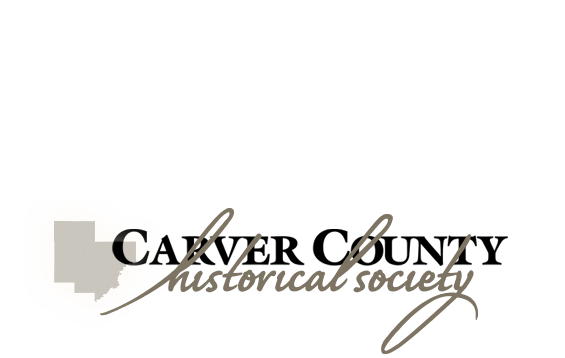Eco-History School Programs
CCHS is pleased to offer a series of five eco-history school programs for students grades 1–5.
Grade 1: What Pollutant Am I?
At the far end of town, where the Grickle-grass grows and the wind smells slow-and-sour when it blows and no birds ever sing excepting old crows...is the Street of the Lifted Lorax. After reading Dr. Seuss' The Lorax, students will discover the four different types of pollution and will learn to identify and prevent each kind.
Follow-up Activities
Grade 2: Where Does the Garbage Go?
Did you know that each Minnesotan produces about 7 pounds of trash each day? Where does the garbage go? Students will learn how their communities manage the large amount of waste created by its citizens and easy ways that they can help—by reducing and recycling! This program includes an important lesson on knowing what to throw—and how to get rid of it when it can't go in the trash.
Follow-up Activities
Oral History Do's and Don'ts
Just a Dream Venn Diagram
Recycling Chart Activity
Skit Writing Worksheet
Grade 3: Reduce, Recycle, Reuse, & Rot
On average a school-age child using a disposable lunch generates 67 pounds of waste per school year! Students will learn about the environmental costs of wasting food and packaging by exploring the route their food took from the field to their mouths. They will also discover the natural recycling process, composting, as they take part in becoming a giant pile themselves!
Follow-up Activities
Grade 4: From Sheep to Sweater
How many cows are in Carver County? Students will learn about agriculture and sustainable farming in this fun, interactive program. The will explore environmental stewardship and create connections between the environment and things they use in their home or school each day by identifying the natural origins of common household products.
Follow-up Activitibes
Grade 5: It's Easy Being Green
Everyone can protect the environment! Students will learn a variety of peer-teaching tools that will help them share what they've learned with other students. Students will learn about activism, select an environmental issue and write about it in a letter to the editor, and create a contribution to the CCHS Community Art Project.
Follow-up Activities

